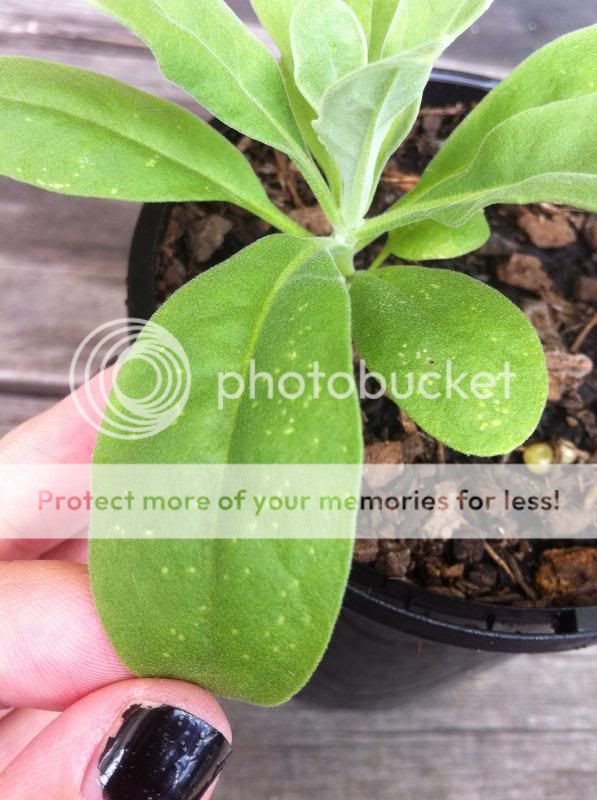So, I looked up Australian butterflies that might use stock as larval host plants. I was looking forward to discovering something exotic....
According to this website, only one instance of stock as larval host is listed
 https://sabutterflies.org.au/foodhost1.htm
https://sabutterflies.org.au/foodhost1.htm
Much to my disappointment, it's Cabbage White! -- common butterflies that usually lay eggs on cabbages, broccoli, etc. that hatch into velvety green caterpillars.
Funny thing is I actually thought those eggs look like cabbage white eggs, especially late in the season when they are in "dump" mode (particularly when you said they are not round but oval)... but thought that couldn't be possible because this plant didnt look like a cabbage family plant.



